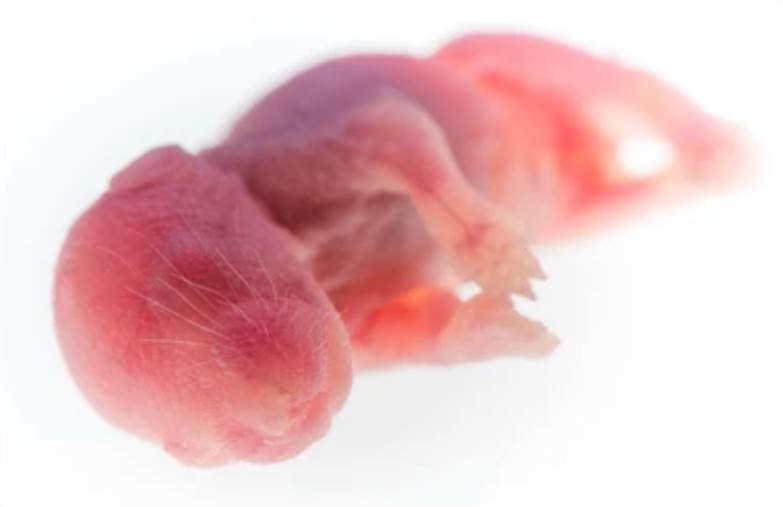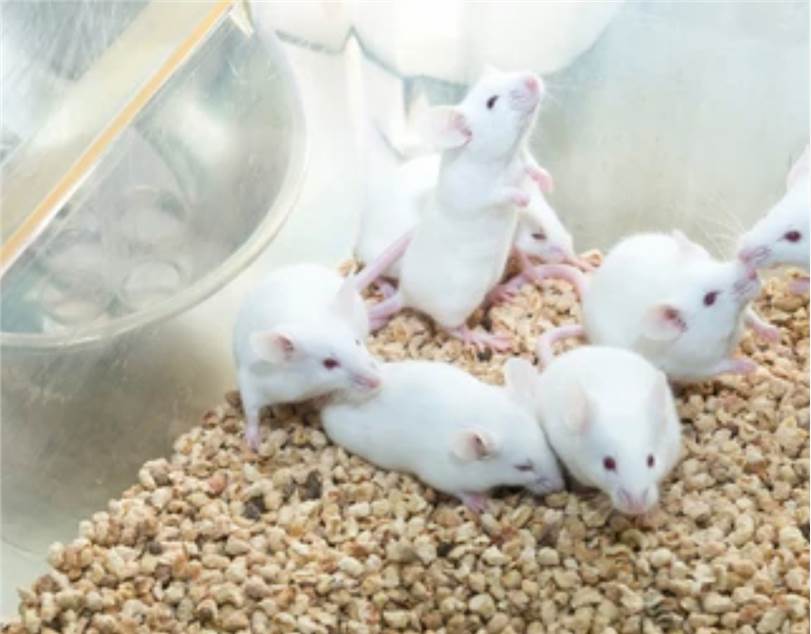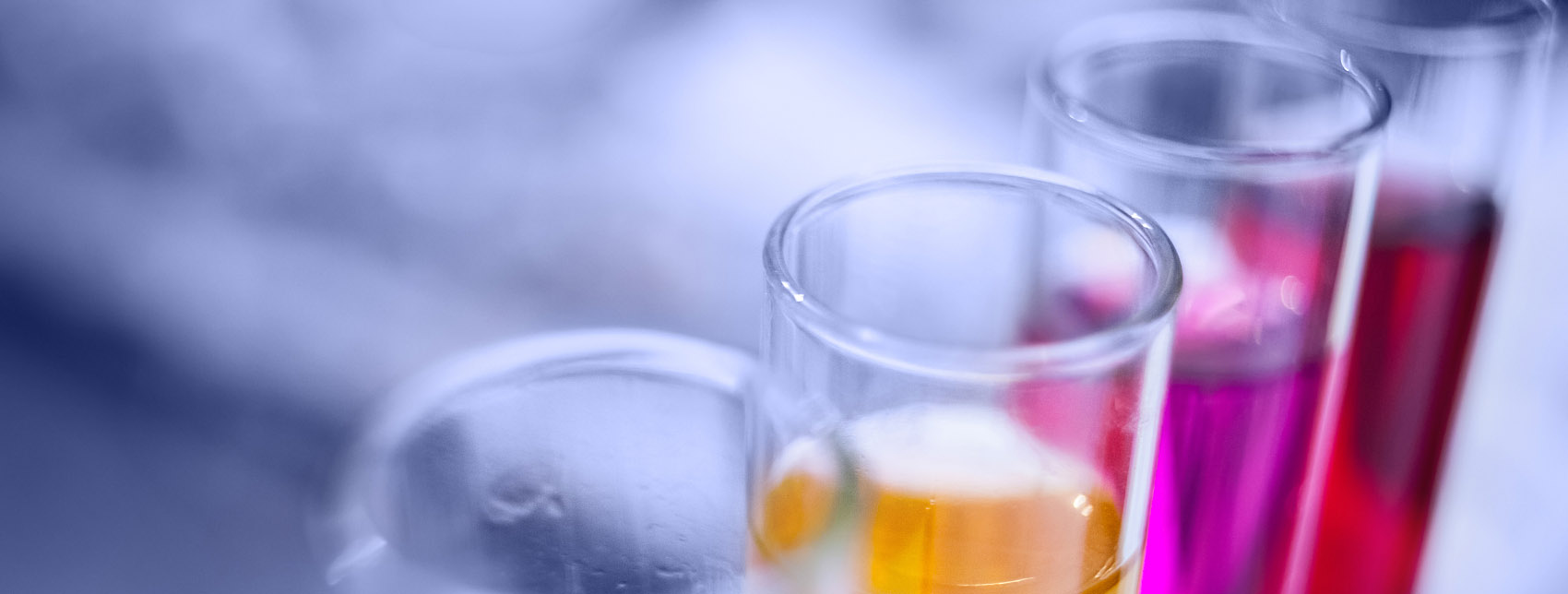Our company's professional two-generation reproductive toxicity testing service provides customers with general information on the effects of test samples on the reproductive capacity of male and female animals, such as gonadal function, mating behavior, conception, delivery, lactation, weaning, and offspring growth and development.
Our service also allows us to obtain preliminary information on offspring growth and developmental toxicity (neonatal defects, mortality, and deformities, etc.) for other relevant toxicity tests.
Test Range
Veterinary drugs, pesticides, chemicals, triazophos technical, selenomethionine, lufenuron technical, chlorfenapyr technical, trichloroisocyanuric acid technical, bromoacetamide, selenomethionine, lufenuron technical, rat irrigation Stomach 4-methyl oxazole-5-carbonitrile, D-trans permethrin, triazine anticoccidial drug samizuril, paclobutrazol original drug, water and sediment, ES-bioallythrin, Medical magnesium-based composite materials, 95% kresoxim-methyl original drug, etc.

About Two-generation Reproductive Test Service
Test Method
We set up multiple dose groups in our experiment and selected male and female animals in the middle of the growth period for testing. The duration of exposure was at least one complete spermatogenesis period for parental males and at least two complete estrous cycles and mating, gestation and lactation periods for parental females. Males and females are usually mated in a 1:1 or 1:2 ratio.
Thereafter, mated animals were given test samples. Samples were given to female parents during gestation until weaning of the F1 generation, and after weaning of the F1 generation, samples were given continuously from puberty, heat-forming and mating of the F1 offspring, and the birth of the F2 offspring until weaning of the F2 generation, to evaluate the reproductive toxicity effects of the samples over two generations.
Route of Poisoning
We preferred the feed admixture method, but other appropriate methods of administration were also used. All animals were administered in the same way throughout the test.
Sample Configuration
We choose the appropriate solvent or medium according to the characteristics of each sample, usually, the preferred solvent is water.
Test Animals
We prefer healthy primary adult rats or mice, strains with high reproduction rates.
Test Observations
- Clinical observation: Daily observation of animals, including all signs of intoxication such as behavioral changes, and difficult or stalled births.
- Body weight and food intake.
- Sperm examination of parental and offspring males
- Offspring observation: Number of births, number of live births, number of stillbirths and any abnormalities and deformities in the appearance of the pups.
- Gross anatomical observation of all parents, adult offspring F1 animals, and litters.
- Histopathological examination of parental and offspring animals
- Other examinations: According to the nature of the samples and toxicological reactions, add sensitive detection indexes such as nervous system and neurobehavior.

Two-generation Reproductive Test Report
The final test report Our company provides includes the following.
- Test name, test start and end dates.
- Test summary.
- Information on the name of the sample, active ingredients, physical and chemical properties, and preparation method.
- Specific information on experimental animals and feeding environment.
- Dose and group: the principle or basis for choosing the dose, the dose and group, the way the animals are grouped, etc.
- Test conditions and methods: main instruments and equipment, route of poisoning, poisoning protocol, test period, observation index, etc.
- Test results: body weight (parental and offspring) and intake, reproductive index (mating success, conception rate, live birth rate, birth survival rate, survival rate and nursing survival rate), organ weights and histopathological examination results, any toxicity information, sperm examination information, etc.
- Test conclusion: the NOAEL and the LOAEL for the effect of the test sample on the parent and its offspring, specifying the presence or absence of reproductive toxicity of the sample.
- Description of the status of the original records.
For more information, please feel free to contact us.
Related Solutions
It should be noted that our service is only used for research, not for clinical use.


